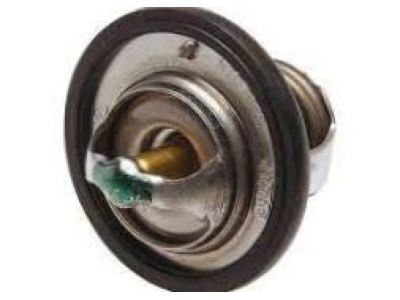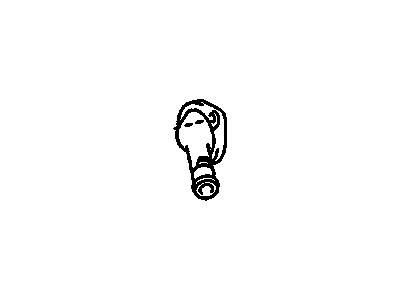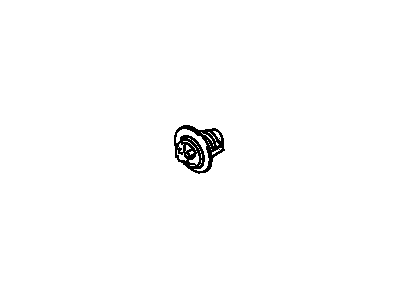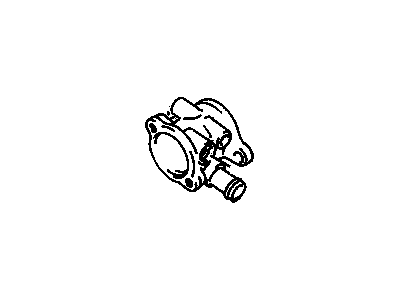
My Garage
My Account
Cart
Genuine Chevrolet Metro Thermostat
Engine Coolant Thermostat- Select Vehicle by Model
- Select Vehicle by VIN
Select Vehicle by Model
orMake
Model
Year
Select Vehicle by VIN
For the most accurate results, select vehicle by your VIN (Vehicle Identification Number).
9 Thermostats found
Chevrolet Metro Thermostat
Chevrolet Metro cars have the Thermostat located near the radiator, and it plays a very significant role in functioning of the cooling system. Its main purpose is to control the temperature of the engine so as to enable it to work at an optimum or desired temperature. It turns out that the thermostat is a type of closed-loop control device, designed to detect changes in temperature and control the coolant flow rate. Years of the Chevrolet Metro vehicles have incorporated varying kind of thermostats; mechanical comprising of bimetallic strips and wax pellet thermostats. These mechanical thermostats act through the expansion or contraction on virtue of heat as engine temperate regulators. There has as well been advancement in the kind of thermostat used for the automobiles that include pneumatic type which utilize tubes filled with air for temperature control hence improving the efficiency of the car cooling system.
Each OEM Chevrolet Metro Thermostat we offer is competitively priced and comes with the assurance of the manufacturer's warranty for the part. Furthermore, we guarantee the speedy delivery of your orders right to your doorstep. Our hassle-free return policy is also in place for your peace of mind.
Chevrolet Metro Thermostat Parts Questions & Experts Answers
- Q: How to replace a thermostat in a cooling system on Chevrolet Metro?A:Check three basic things before thinking the thermostat needs replacing: coolant level, belt tension, and temperature gauge functioning. When your engine takes too long to heat up both inside the car with the heater and despite normal temperature indicator readings, your thermostat may be blocked open inside and needs replacing. To see if a stuck thermostat is making the engine hot, check the upper radiator hose with your hand; if the hose isn't warm but the engine is, the thermostat needs to be replaced because it's not letting fresh coolant go into the radiator. Caution: Driving without a thermostat can make your car's computer stay in an inefficient mode, which hurts both how much gas you use and how much pollution you make. When the top radiator hose feels hot, that means the engine's cooling liquid is traveling and the thermostat valve is open. Unplug the negative battery cable. Completely remove and save any good coolant from inside the car. Pull out the air filter, see where the upper radiator hose leads you to find the thermostat housing. First take off the hose clamp with your hands, and remove the hose. If it won't budge, use pliers to get it unstuck. Damage to the outside of the housing cover means the entire cover needs to be replaced. First, unbolt everything and take off the housing cover and bracket, knowing coolant might leak onto the ground. Take note of where the thermostat goes in before you remove it. After that, clean all touchpoints on the thermostat. Put the thermostat into the housing, having the air bleed pointing right and the spring part facing the engine. Place a new gasket on top of the thermostat, and put the cover back with its bolts. Tighten all bolts to the required force. Close the hose connector by putting the hose back to the fitting, then screw the hose clasp tight. Recover all coolant, start the engine, let it run for a while, then check for leaks and see that the thermostat works correctly as intended.
















